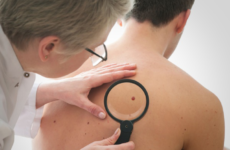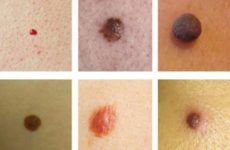The human papillomavirus can exist for a long time unnoticed by a person, but then quite suddenly make itself felt.
Papillomas can appear on any part of the body, but are more often localized in intimate places, since the virus is sexually transmitted. What is the difference between papillomas in intimate places in men?

Содержание:
Features of HPV in intimate places
Papillomas in intimate places in men may not be noticed immediately after the appearance. They are not always formed in visible places and initially do not cause discomfort.
The neoplasm can be located on the glans or shaft of the penis, under the foreskin, on the skin of the scrotum, in the perineum, or around the anus.
Small skin outgrowths, soft to the touch and resembling tubercles, may be single or multiple. Usually only one ledge appears at first, then their number increases. In the absence of therapy, papillomas grow and merge into a single extensive growth.
More often, warts do not bring discomfort, so men are in no hurry to see a doctor. In some cases, worried about itching, burning, soreness.
If the papilloma is localized inside the urethra, other signs may be present: splashing or interruption of the stream during urination, cramps.
Types of disease
Currently, more than 600 strains of HPV are isolated, but each of them manifests itself in the same way – in the form of warts or genital warts on the skin or mucous membranes.
Viruses are divided into three main groups: with a low, medium or high risk of degeneration into cancer. It is worth noting that papillomas in men lead to cancer much less frequently than in women.
According to the shape, structure and nature, 4 types of papilloma are distinguished:
- Simple.
- plantar.
- Flat.
- Filiform.
Men are more likely to be diagnosed with genital warts and warts.
What do HPV and warts look like on the eggs (testicles)?
From the moment of infection with papillomavirus to its detection, it can take from several days to a year. With a latent course of the disease, there are no symptoms or external growths, and this greatly complicates the diagnosis, since the virus still causes harm to the body.
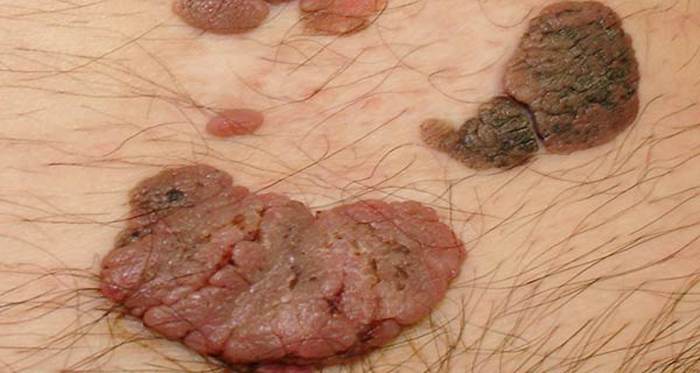
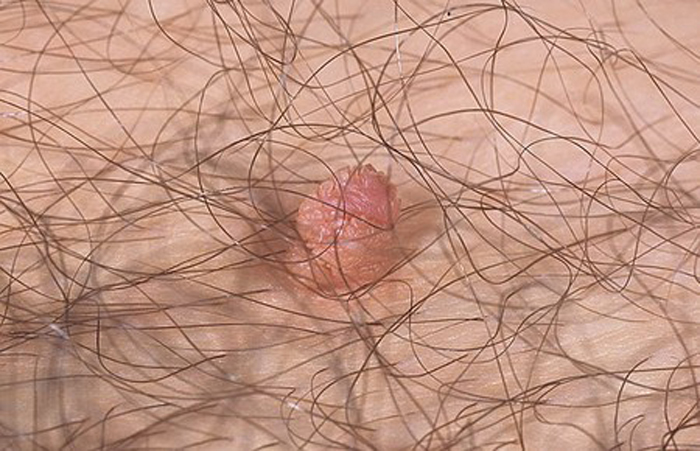
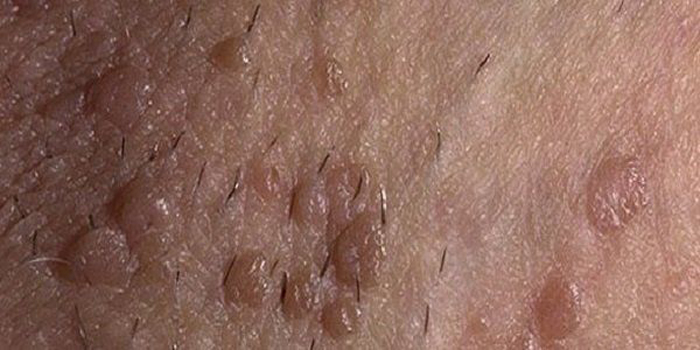
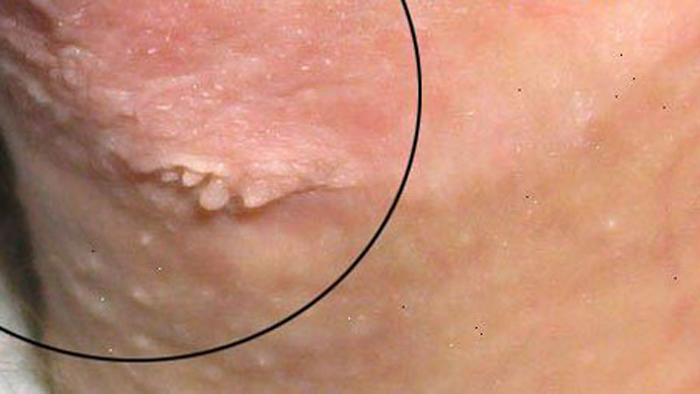
Depending on the type of papilloma, morphological signs of growths may be as follows:
- Genital warts look like small pillars with legs, rising above the mucous membranes or skin (less often). The size and number of growths can be different. The color is often pink or brown, sometimes there is a putrid smell.
- Warts are brown or flesh-colored, with a spongy texture.
- Flat warts look like small lumps on the surface of the affected area, often flesh-colored, pink or brown. They grow rapidly and merge into one large focus.
- Intraepithelial condylomas are similar in appearance to flat ones, but can grow into tissues.
In the genital area in men, well-defined and palpable outgrowths resembling cauliflower often appear, the color is close to the color of healthy skin or any shade from light mustard to black. The diameter is usually up to 1 cm, a clearly defined border.
Causes of problems in the intimate area
Papillomavirus is a sexually transmitted disease. In men, this route of infection is most common. The chance of infection is especially high in those who regularly change sexual partners.
The most dangerous types of the virus are transmitted sexually. Moreover, you can get infected both with any type of sex (vaginal, anal, oral), and with petting, in contact with the mucous membranes of an infected partner.
Other reasons:
- Transfusion of the blood of an infected person. It is rare, because the donor undergoes a thorough diagnosis before donation.
- Infection during surgical and other medical procedures using equipment that has not been sterilized. This can be vaccination, treatment at the dentist, tattooing in unsanitary conditions with a reusable instrument.
- Household method of infection: through the use of one towel, comb, toothbrush, bathroom and toilet, wearing the same clothes and shoes, kissing, shaking hands, visiting the pool, sauna, massage room and others.
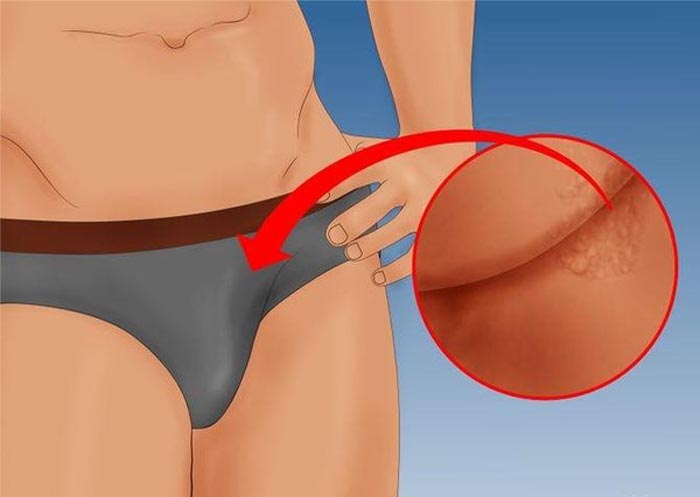
In this way, the virus enters the body of a healthy person. For a long time, it may not manifest itself in any way: some have been its carriers for years. The provoking factors that awaken HPV are:
- Severe stress or frequent nervous tension.
- Hormonal disbalance.
- General weakening of the immune system.
- Some medical procedures (for example, chemotherapy).
Associated symptoms of HPV on the scrotum
Papillomas on the scrotum are always convex, may be solitary or resemble a rash. After the appearance of the first growths, if a man does not attach importance to them, there may be more of them. From the scrotum, papillomas can spread to other intimate places and parts of the body.
In addition to the protrusion on the skin, other symptoms may be disturbing:
- Unpleasant smell even with personal hygiene;
- Bleeding due to mechanical action (when wiping with a towel, wearing tight underwear, hygiene procedures);
- Itching and slight pain when touched.
In some cases, papillomas go unnoticed only because of the absence of symptoms, so careful diagnosis is required.
Diagnosis of pathology
A doctor can assume that a man has HPV, even with a visual examination, but it is not enough to make a diagnosis. A number of diagnostic procedures are required:
- Blood test to determine the genotype of the virus .
- Analysis for the presence of urological pathologies.
- Histological studies.

With pronounced symptoms, temporary treatment with the use of external agents Imiquimod, Podophilox, trichloroacetic acid and Solcoderm can be prescribed for the time of diagnostic procedures.
How to treat papillomatosis on intimate organs?
Treatment of papilloma in the genital area in men is selected individually depending on the type of virus detected, the degree of damage to the intimate area, the type of growths and other features. See also: wart on the penis , effective treatments
Pharmacy preparations
An effective active ingredient in the fight against HPV is salicylic acid: preparations based on it dry papillomas well and prevent their growth. Often prescribed “Verrumal”.
At the cellular level, “Podofilox” works well: it prevents the reproduction of pathological cells of the formation.
Without fail, immunostimulants, immunoprotectors and multivitamins are prescribed. The first two groups of drugs help to improve the protective functions of the body, fix and regulate them, and vitamins and vitamin complexes have a general strengthening effect on the body and immunity.
Laser removal
Laser papilloma removal is one of the modern and sparing surgical methods, which is painless and at the same time coagulates blood vessels. After removing the growths with a laser, the risk of reappearance of papilloma is close to zero, but it is still necessary to monitor the skin.
Laser exposure is used with a large formation or with multiple growths. After the operation, scars and scars do not remain or are almost invisible.
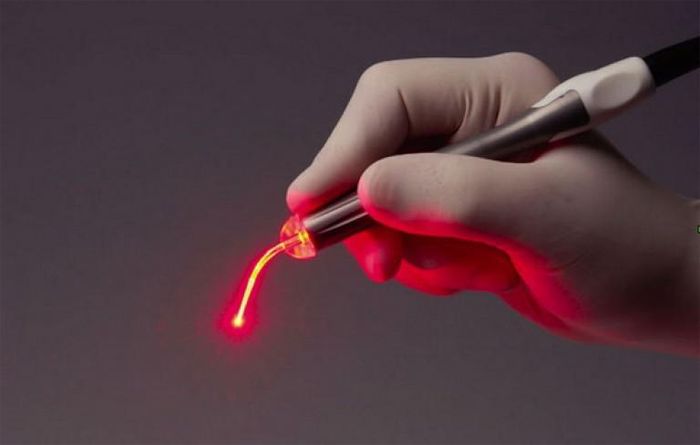
Cryodestruction
This procedure involves the removal of papilloma by freezing it with liquid nitrogen. Treatment begins at a temperature of about -200 degrees: the contents of diseased cells turn into ice and collapse.
After cryodestruction, as well as after any other method of papilloma removal , the wound is treated with a special agent that prevents the infection from entering.
Healing occurs within two weeks.
The method is used to remove papillomas on the face , on open areas of the body and in the intimate area.
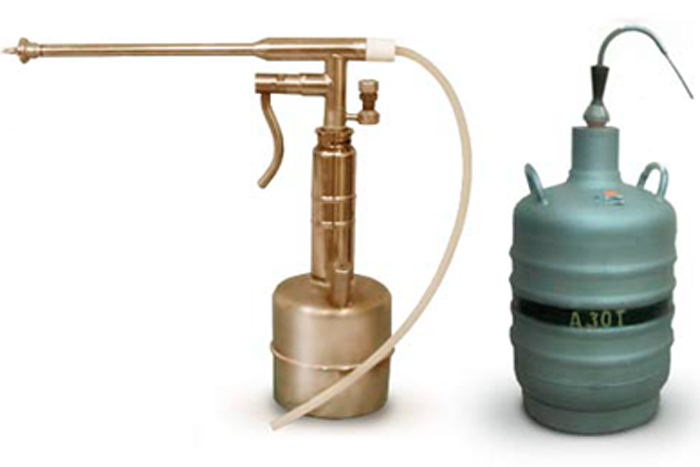
radio wave removal
A feature of this method is that during removal there is no contact with the skin. Radio wave removal has been widely used since the 20th century to remove papillomas on the genitals and even in the cervix.
The build-up is affected by a high-frequency wave flow. Thermal energy gently pushes living tissues apart and highlights the affected area of the skin.
The procedure has a number of contraindications, including diabetes mellitus, malignant tumors, exacerbations of chronic diseases, the presence of infectious skin lesions and others.
Therapy with folk methods
The effectiveness of folk remedies in the treatment of papilloma in the male genital area is still controversial. To date, the most reasonable opinion is that traditional medicine takes place only in combination with drug therapy and if the disease is in the initial stage.
Most often, baths and lotions using medicinal herbs are used as effective therapy with folk methods. For the treatment of affected areas of the skin, the juice of sour apple, Kalanchoe and celandine is well suited. Baths with the addition of chamomile and onion peel also have a beneficial effect.
From oils, you can use fir and cedar.
Why is HPV dangerous on the genitals?
An activated papillomavirus is definitely not a good sign. If the virus was in the body and at some point made itself felt, then the immune system failed.
The main danger of HPV is the possibility of degeneration into a malignant formation. Although this happens infrequently in men, in only 5% of cases, the risk is still present.
Another dangerous consequence is infection if the integrity of the papilloma is damaged. Since papillomas in intimate places are subject to mechanical stress when walking and other manipulations, they are very easy to damage. An infection can easily penetrate into an open wound and provoke the occurrence of diseases, usually urological ones.
In addition, damage to the papilloma is always accompanied by severe pain and bleeding.
With multiple and extensive lesions of the genital organs in a man, his sexual life is disturbed and, as a result, the psychological state. A man cannot live a full life, becomes irritable, loses efficiency and self-confidence. If HPV is ignored or not noticed by its owner, and he continues to have intimate relationships, he risks infecting his partner.
The very presence of papilloma in the genital area of a man gives an unpleasant sensation, itching and even pain.
The appearance of any kind of skin rashes, growths and formations is an alarming signal. HPV manifests itself precisely in the form of different colors, sizes and locations of outgrowths on the skin or mucous membranes. Papillomas cannot be diagnosed and cured on your own, especially when it comes to the genitals.
If a man ignores going to the doctor, the disease progresses rapidly and can degenerate into cancer. With the continuation of an intimate life with an untreated disease, the risk of infecting a sexual partner reaches 80%.




